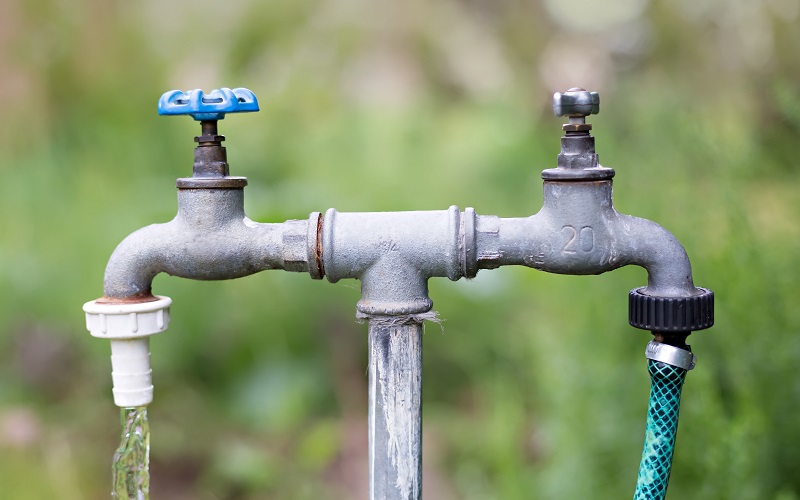Ponding or water pooling can be a severe issue for every American home. Fortunately, with the help of in-ground drainage systems, you can protect your home from such problems. Learning to install them can also save you tons of money that you can use for other parts of your home. This article will help you understand what in-ground drainages are and how to install them.
Renton Waterproofing Contractors
What Are In-Ground Drainage Systems?
You can easily remove surface-level dampness from your yard by installing simple drainage systems like gutters. However, we all know that our backyards are not that forgiving. Accumulated underground water can seriously damage, not just your yard, but also the structural integrity of your home. An in-ground drainage system can help you with these issues.
In-ground drainage systems collect water from the surface of your yard and underground. They can also be attached to other drainage systems of your home like gutters. Doing so can help you hide any unsightly pipes that can ruin your yard design. In-ground drainage systems are usually made up of several parts, namely:
- Perforated pipes
- Tube Channels
- Dry Well
- Drain Cover, and more.
Installing An In-Ground Drainage
Knowing what an in-ground drainage system is just the first step to having the perfect yard drainage. Installing the in-ground drainage system requires hard work and careful planning. To help you out, here is a step-by-step guide on how you can install your own in-ground drainage system:
Step 1: Plan Your Drainage System
Before breaking ground, plan how your drainage system will look first. Make sure to consider crucial things like the curvature of your lot, the location of your gutters, and more. Avoid excessive curves in your plan as these can make your drainage system less efficient.
Step 2: Start Digging Holes And Trenches
Firstly, dig a large hole that will accommodate your dry well. Make sure that it is also deep enough to accommodate the overflow tube as well. Set aside a portion of your dug soil to refill the trenches after you place your drains. If needed, you can use multiple dry wells for your in-ground drainage system.
The dry well should be on a spot lower than the elevation of your home. It should also be somewhere far from anything you do not want water to erode, like your home’s foundation.
After digging for the dry well, dig the trench that you designed draining to the side of your dry well. Make sure that your trench gets deeper as you get farther from your property. Add three to four inches of gravel at the bottom of your trench.
Step 3: Place Your Drywell
After assembling your dry well, wrap it with special silt filtering landscape fabric. Tuck the fabric under the dry well top cover. Then, proceed to lower it down the hole you previously dug. The top drain fitting should be on the same level as the ground.
Step 4: Connect The Perforated Drain Tube To The Dry Well
Now that your dry well is ready, you can now place your perforated drain tubes into the trenches you dug. Before doing so, however, cover your tubes with silt-filtering fabric socks. You can do this step to avoid soil from accumulating inside your tube in the future. Place down the tube in the trench, checking the angle of the tube as you go farther. Using a Y-fitting, connect your roof’s downspout to your drain tube.
Step 5: Cover Your Drain Tubes
After doing all the steps above, over your drain tubes with more gravel. Make sure not to add too much or risk damaging the pipes. Three to four inches or gravel above the pipes should be enough. Above the gravel, lay down additional landscape fabric to keep your gravels clean. Afterward, place soil above your drainage system. Lastly, install a drain cover on the tip of your tube at the opposite side of your dry well.
A drain system like this can be enough to keep your yard dry. However, a professionally installed in-ground drainage system can do wonders for your yard and property. Our experts here at Permadry Seattle provide top-of-the-line drainage systems within and around the Seattle Wa area. Contact us now by clicking on this link!

